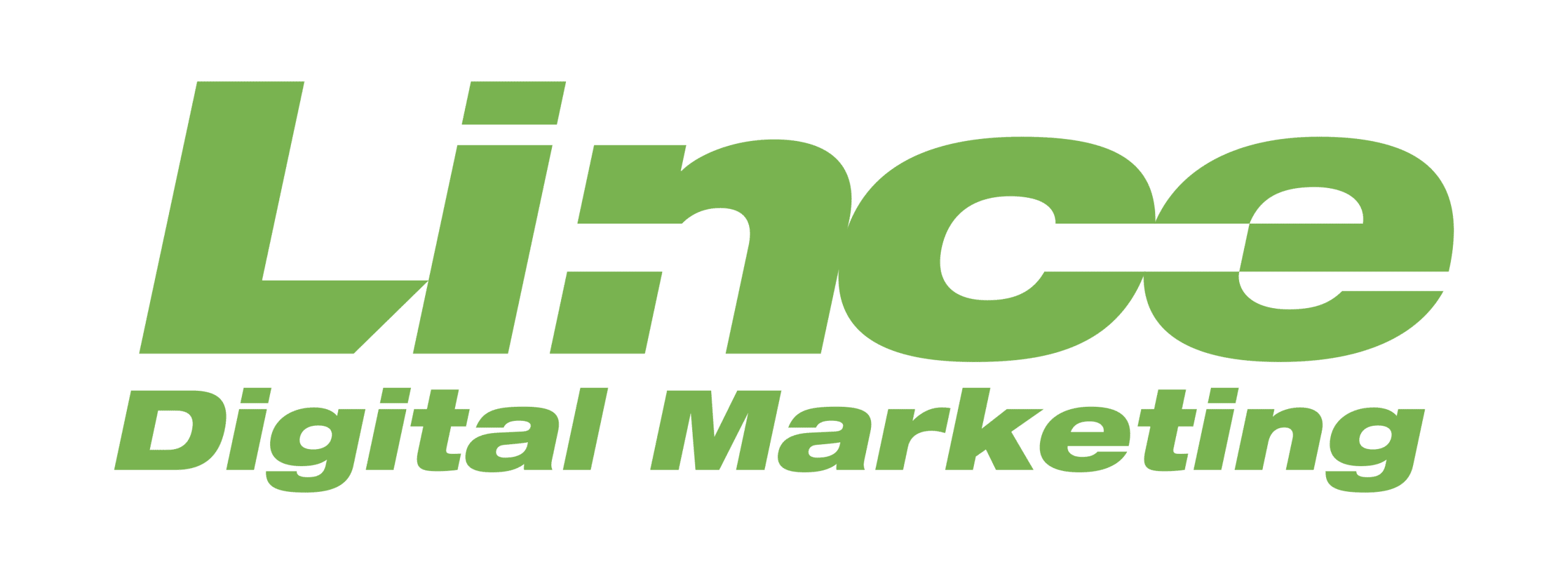How to optimize your website for an exceptional user experience.
Are you ready to take your website to the next level and create an exceptional user experience that keeps visitors returning for more? Optimizing your website for a seamless user journey is key in today’s digital landscape. Let’s dive into User Experience (UX) and discover how to enhance your website to delight users and drive success!
Understanding User Experience (UX) and its Importance
User Experience (UX) is all about how users interact with your website and the overall satisfaction they derive from that experience. It encompasses usability, accessibility, design, and performance to create a seamless visitor journey.
A positive UX can increase engagement, higher conversion rates, and brand loyalty. By understanding your target audience’s needs and behaviors, you can tailor your website to effectively meet their expectations.
Putting yourself in your users’ shoes is crucial when designing an intuitive interface that guides them effortlessly through your site. The goal is to make every interaction smooth and enjoyable while providing valuable content or services.
Investing in optimizing UX enhances user satisfaction and boosts visibility on search engines by improving factors like bounce rates and dwell time. So, let’s explore how you can leverage UX principles to elevate your website’s performance!
The Impact of UX on Website Success
User Experience (UX) plays a vital role in determining a website’s success. When users can easily navigate a site, find what they’re looking for, and have an enjoyable experience, they are more likely to engage with the content and convert.
A well-designed website that focuses on providing a seamless user experience can increase customer satisfaction and loyalty. This positive interaction with your brand can improve retention rates and ultimately contribute to business growth.
Conversely, poor UX can drive visitors away from your site. If users encounter issues like slow loading times, confusing navigation, or unresponsive design elements, they may quickly lose interest and seek alternative options.
By prioritizing UX optimization on your website, you will enhance user satisfaction and improve key metrics such as bounce rate, time on page, and conversion rates.
Key Elements of an Exceptional User Experience
Several key elements must be considered when creating an exceptional user experience on your website.
First and foremost, your website’s design plays a crucial role. A clean and intuitive layout can make navigation easy for visitors, ensuring they quickly find what they’re looking for.
Another important element is your site’s speed. Slow loading times can frustrate users and lead them to abandon your page. Make sure your website loads quickly across all devices.
Additionally, compelling content is essential for engaging users and keeping them on your site longer. Whether it’s informative articles, captivating visuals, or interactive features, ensure that your content adds value to the visitor’s experience.
Incorporating clear calls to action (CTAs) strategically throughout your site can guide users to desired actions, such as purchasing or signing up for a newsletter.
Focusing on these key elements can create a user-centric website that keeps visitors coming back for more.
Tips for Optimizing Your Website’s UX
Several key tips should be kept in mind when optimizing your website for an exceptional user experience.
Ensure that your website is easy to navigate. Users should be able to find what they’re looking for quickly and effortlessly. Consider implementing a clear menu structure and intuitive search functionality.
Focus on creating engaging and high-quality content. Ensure your site’s information is valuable, relevant, and up-to-date. This will attract users and keep them coming back for more.
Additionally, pay attention to your website’s design. Choose a clean layout with visually appealing colors and fonts. Remember that less is often more when designing—cluttered pages can overwhelm users.
Optimize your website for speed and performance. Users expect fast loading times, so ensure your site is optimized for quick loading across all devices.
By following these tips, you can enhance the overall user experience of your website and ultimately drive better business results.
Best Practices for Mobile UX
In today’s mobile-driven world, optimizing your website for a seamless user experience on smartphones and tablets is crucial. To enhance mobile UX, aim for simplicity in design – clean layouts and easy navigation are key.
Ensure your content is concise yet engaging, keeping users interested without overwhelming them with information overload. Prioritize fast loading times to prevent impatient visitors from bouncing off your site.
Responsive design is a must—ensure your website adapts smoothly to different screen sizes for a consistent experience across all devices. Implement intuitive touch gestures and buttons to facilitate effortless interaction.
If you have an e-commerce site, streamline the checkout process to reduce friction points that can deter potential customers. Regularly test your mobile UX using user feedback and analytics data to identify areas for improvement.
By following these best practices for mobile UX, you can create a pleasant browsing experience that keeps visitors returning for more.
Measuring and Improving UX with Analytics
Measuring and improving user experience (UX) with analytics is crucial to the success of your website. Analytics tools provide valuable insights into how users interact with your site, allowing you to make data-driven decisions for enhancing UX.
Analyzing metrics such as bounce rate, time on page, and conversion rates can help you identify areas for improvement. Heatmaps and session recordings help visualize user behavior, highlighting pain points and opportunities for optimization.
A/B testing allows you to compare different web page versions to determine which design or content performs better in user engagement. This iterative process helps refine your website continuously based on real user feedback.
Regularly monitoring analytics data enables you to track the impact of UX changes over time and adjust strategies accordingly. Remember, optimizing UX is an ongoing journey that requires constant evaluation and adaptation based on measurable results from analytics tools.
Conclusion
Optimizing your website for an exceptional user experience is paramount in today’s digital landscape. User Experience (UX) plays a pivotal role in the success of your online presence. Understanding the key elements and implementing best practices can create a seamless and engaging journey for your visitors.
Remember, user experience isn’t just about aesthetics; it encompasses every touchpoint a user has with your website. Each aspect contributes to how users perceive and interact with your site, from navigation to loading times.
By prioritizing mobile UX, leveraging analytics to measure performance, and continuously improving based on insights gained, you can ensure that your website provides a truly exceptional user experience.
So, take the time to optimize your website for user experience. It will enhance visitor satisfaction and drive business success in the long run.



